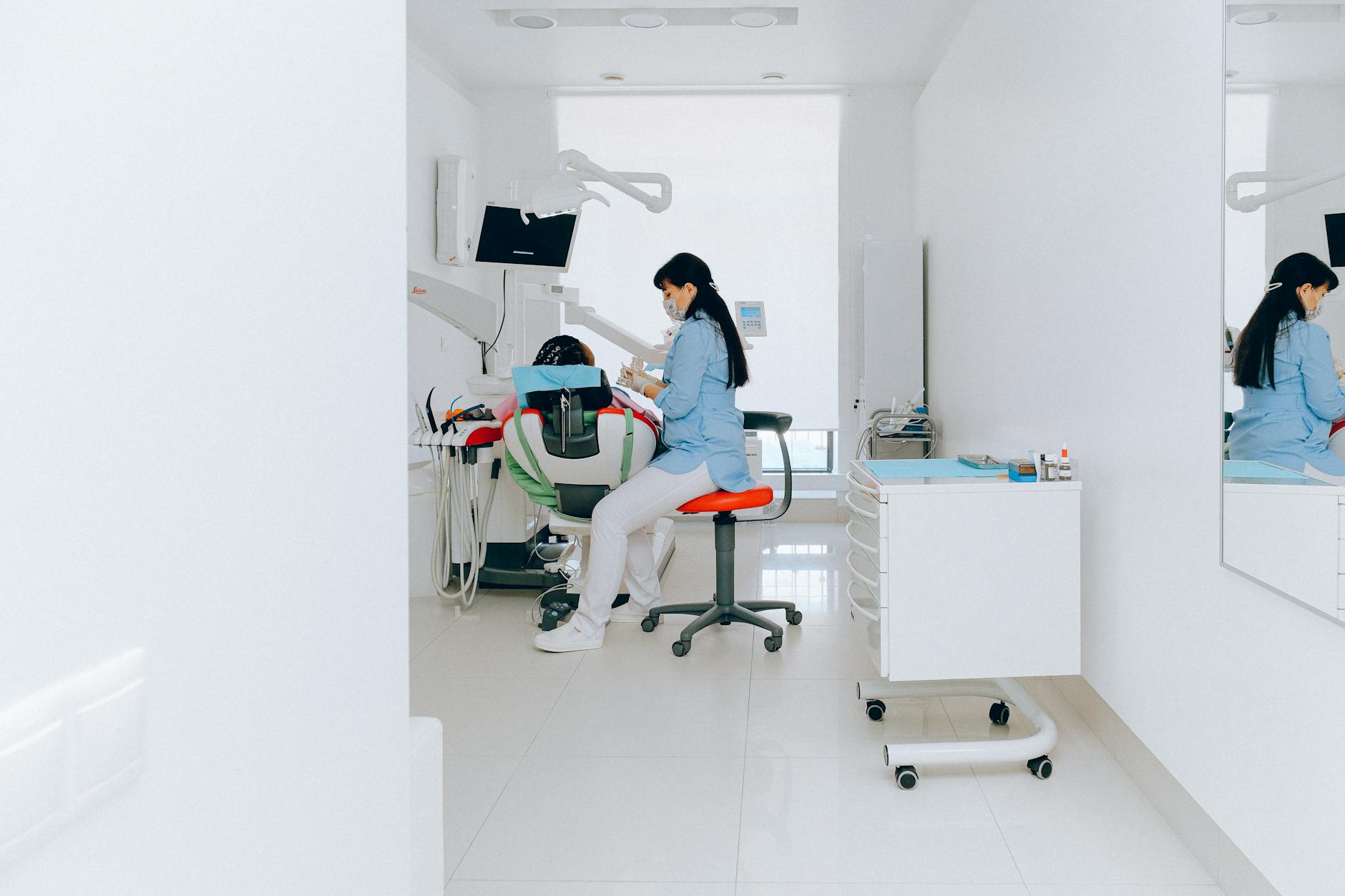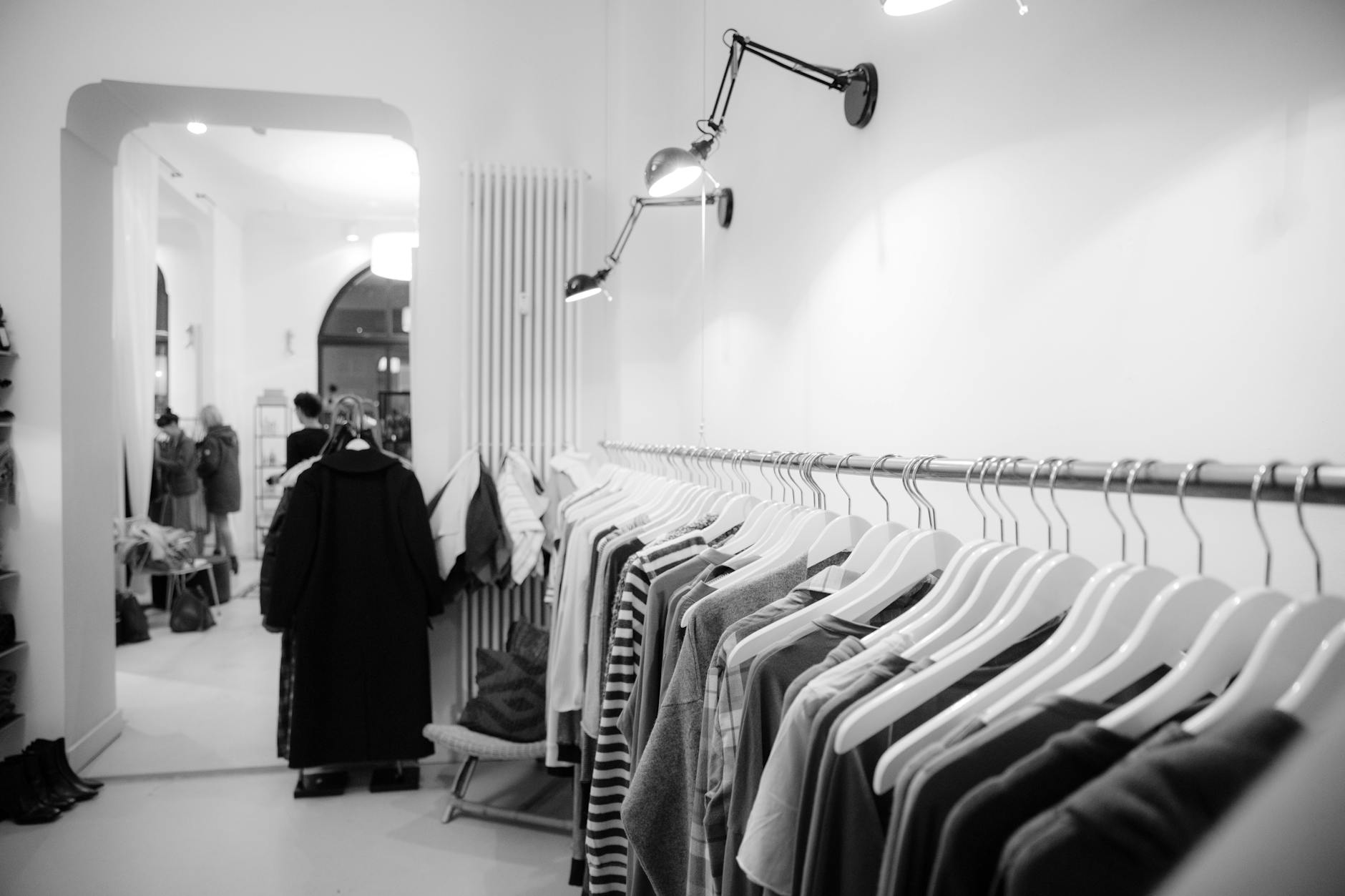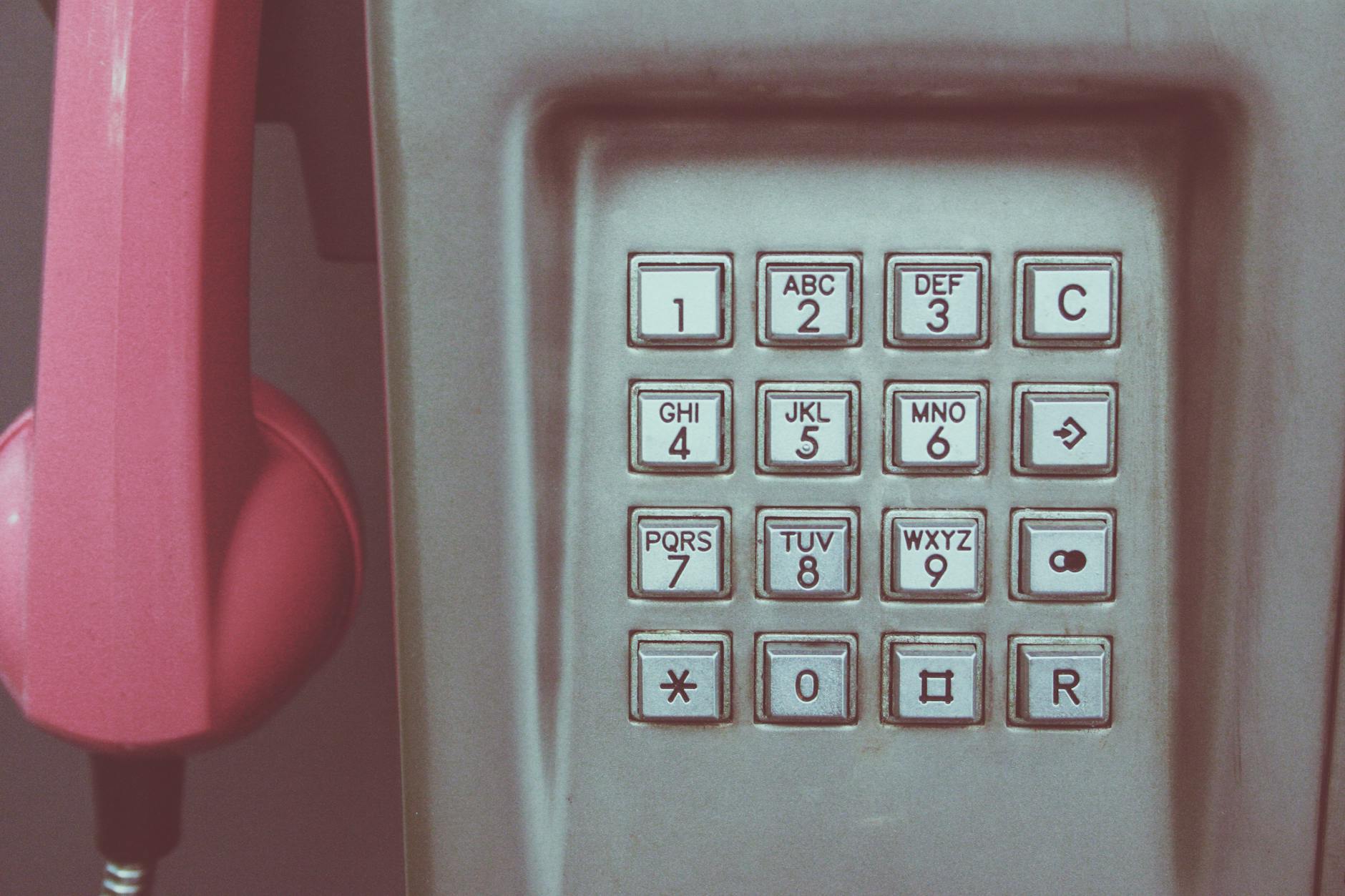What You Need to Know About Boosting Audio Quality for Your Podcast in Australia

Assessing Your Gear
Crafting an audio experience that captures the soul of your content begins with a careful assessment of your gear. I recall standing amidst the bustling media precinct in Ultimo, discussing with fellow sound engineers the elusive art of microphone selection. It struck me then how a professional microphone is foundational to achieving clarity in your recordings. Your microphone is not merely a tool; it is an extension of your creative voice, shaping the nuances that convey emotion and depth.
Evaluating Microphone Quality
Understanding microphone quality involves more than just examining technical specs. Consider the context of your recordings: are you capturing the intricate melodies of a string quartet or the raw energy of a spoken word performance? The right microphone will enhance the unique timbre of each sound. During my visit to UNSW's state-of-the-art audio labs, I learned that experimenting within different acoustic environments can dramatically affect perceived quality. The test lies in finding the microphone that aligns with your creative intent.
Analyzing Recording Equipment
Moving beyond the microphone, a holistic evaluation of your recording setup is vital. From the audio interface to preamps, each component plays a crucial role in ensuring signal fidelity. I often refer to my discussions at Sydney Opera House podcasting events, where fellow creators expressed how an integrated setup could enhance workflow efficiency. Ensuring compatibility and reliability across your equipment minimizes the risk of technical glitches that disrupt the creative flow.
Importance of Proper Cables
Lastly, do not underestimate the value of quality cables. They are the silent conduits that preserve the integrity of your sound. Consider investing in well-shielded cables to reduce interference and maintain a clean signal path. This simple, yet often overlooked step, ensures that the sound captured reflects your artistic vision without compromise.
Optimizing Acoustic Environment
Room Treatment Techniques
Creating the ideal recording space goes beyond just having top-tier equipment; it's about transforming your room into an ally for sound perfection. Reflective surfaces like tile and large windows can contribute to echoes that muddle audio quality, so consider sound absorption materials. Acoustic panels, bass traps, and diffusers are valuable additions to any home studio, particularly if you're in a place bustling with activity, such as the media precinct in Ultimo. Each piece works to control how sound waves interact within the room, reducing reverb and enhancing clarity-crucial for your recording microphone to capture clean, professional audio.
Managing Ambient Noise
For recording studios like Liam's, where precision is paramount, managing ambient noise is crucial. Start by identifying noise sources: air conditioners, street traffic, or the hum of electronic devices. Simple changes, such as using heavy curtains or installing draft stoppers, can make significant differences. You might need to consider upgrading or isolating specific equipment to minimise audible distractions. These steps help create a cleaner audio environment, necessary for capturing nuanced sounds.
Effective Soundproofing Methods
Effective soundproofing involves a blend of methods and materials that form a barrier against outside noise. Use dense materials like mass-loaded vinyl and acoustic foam to line your walls and ceilings. Double-glazed windows can also be an effective investment for studios near busy areas. Remember, the goal is to create an acoustic fortress that maintains sound integrity without sacrificing the creative atmosphere you’re building, ensuring your recordings stay pristine.
Common Mistakes in Audio Production
The Dangers of Overprocessing Audio
Let’s take a stroll down the bustling corridors of the University of New South Wales, where innovation and creativity intersect. Here, content creators often gather, bubbling with ideas. However, a classic pitfall they frequently tumble into is the overprocessing of audio. We've all been there, lost in an ocean of effects, assuming that if something sounds good, more must sound better. But alas, the truth is that overprocessing can strip audio of its natural warmth and introduce undesirable artefacts. It's crucial to apply effects judiciously and always trust your ears—comparison is key. Consistently referencing your mix on various systems, be it through soundbars or headphones, ensures your sound remains crisp and authentic.
Ignoring Room Acoustics
We've all experienced the vibrancy of the media precinct in Ultimo, bustling with energy and excitement. But even in such vibrant settings, overlooking room acoustics remains a silent enemy of pristine sound. Many creators jump into recording without examining their environment first. Believe me, a well-treated room, whether you're podcasting from your cozy apartment or a studio echoing the magnificence of the Sydney Opera House, can drastically change your sound. Pay attention to absorbent materials, diffusion panels, and even the positioning of your microphone to avoid unwanted reverberations.
Neglecting Equipment Maintenance
Last, picture yourself at a grand podcasting event at the Sydney Opera House. The anticipation is palpable, but the equipment is wilting under years of neglect. To avoid such a derailing scenario, equipment maintenance should be routine. From dust-free microphones to cables without wear and tear, these small checks ensure longevity and reliability. Clean your equipment regularly and monitor for any signs of wear, ensuring that when the spotlight is on, your gear performs flawlessly.


